1260 Memorial Drive
Atlanta, Georgia 30316
404-458-1330
Glueless Wigs vs. Traditional Wigs: Which is Right for You?
Mikey MoranIt’s time to get that big, bouncy, curly wig. As summer comes around, and you are about to get your cornrow protective style on, you need a great wig to keep you rooted in your style.
Blac Chyna and Kylie Jenner are some big players who have popularized wigs.
With their influence, people like you and me have started experimenting with wigs. If you are big on self-confidence, wearing the right wig will make you feel twice as good.
But with wigs, there is no one correct answer. But broadly, there are two ways to classify wigs: Traditional and Glueless Wigs. What is the difference? It’s pretty simple: the use of glue.
Aside from that, what makes either of them a better choice for you on a windy day or a quick fix day?
Today, Private Label will discuss the differences between traditional and glueless wigs and which is “Right-er” for you.

What are Traditional Wigs?
As the name implies, the traditional style of wigs and the wigging process involves installing a lace front wig with glue on the hair. At first, wigs started with you simply wearing them like a helmet.
But they progressed to have a more realistic look. So now, traditional human hair wigs come with a cap with combs and an adjustable strap inside to secure the wig.
You’d need to cut the front lace yourself based on your hairline, and glue is also required on the forehead to melt the lace.
Traditional lace wigs require professional skills.
So, if you are new to wigs, finding a hairstylist to help you with the installation is better.
What About Glueless Wigs?
A more straightforward approach to wigs is the glueless version. If you prefer to avoid sitting to get a glueless wig installed for a while, then you are suitable for glueless wigs.
All you need to do is wear it.
A glueless wig does not require lace glues, lace tapes, or other attachments. Most are bought with customized head fitting and dyed to match your skin tone.
If you are a beginner in wigs and a DIYer, you will find that this is the first recommendation you get.
But what makes this so? What makes the difference?

What Makes the Difference Between Glueless and Traditional Wigs?
Three significant factors distinguish between glueless and traditional wigs: The attachment method, ease of use, and maintenance.
Glueless wigs are designed with adjustable elastic bands, combs, or clips that secure the wig in place.
That is the attachment method. On the other hand, traditional wigs often require adhesive glue or tape to attach to the scalp to give a very secure fit. But you must apply it carefully to avoid natural hair and scalp damage.
Some traditional wigs are also sewn onto braids or cornrows for longer-term wear.
Another factor that makes the difference is ease of use.
Glueless wigs like the Brooklyn Glueless HD Closures Wigs are generally more convenient, and there is no potential skin irritation associated with adhesives.
Traditional wigs, however, are more time-consuming due to the need for precise adhesive application and regular maintenance.
You should reapply the adhesive. Lastly, you also want to consider your comfort.
A glueless wig is often seen as more comfortable due to its breathability and lighter feel.
Traditional wigs, while more secure, are only sometimes comfortable.

What You Should Consider Before Getting Either One
Let’s start from the basics. The significant difference is that you don’t need extra for glueless wigs. However, for traditional wigs, you will need to have it installed to stay on longer.
So, for a beginner, I advise you to go for a glueless wig. But if you are a long-term girl and like things to last you for a while, especially that bomb looks, traditional wigs are more your type.
So, if you think about it, it’s more of the kind of person you are that shows what wig is right for you. Let’s use an example. Samantha wants to attend a house party tonight.
It’s a last-minute invitation, and she needs to look as “fetch” as Regina George in The Mean Girls. With all the time it might take to make the trip to the salon, the makeup, and the dress.
Isn’t it better to throw on a very specially made glueless wig? What am I saying in essence?
If you want to save time, try an easy-to-install glueless wig option. Let’s imagine Samantha was told about the invitation two weeks ago.
She can use a professional hairstylist to sit in the chair and install a wig to her specific taste.
Do you want a wig that you can style differently for different events? Then, a perfect traditional wig is what you need.

Get a Wig: Maintain It Just Right
Do you have a choice in mind? Then go ahead and rock it. But it would help if you made plans for their maintenance.
Glueless wigs maintenance are easier to manage since there is no adhesive residue to manage.
The less frequent need for maintenance can contribute to a longer lifespan.
Traditional wigs require regular cleaning to remove adhesive residue and periodic reapplication of adhesive to ensure a secure fit, which can be more labor-intensive and time-consuming.
Aside from the glue drama, other ways to maintain your hair while using a wig include; Wash your hair with a gentle shampoo and conditioner. This removes any buildup, dirt, or oils that may interfere with the wig’s adherence.
Before wearing the wig, protect your hair and scalp with a wig cap or a thin, breathable stocking cap. If you feel any discomfort or reaction to glue, remove the wig and get it inspected right away.
In the end, either one of these two options is perfect for you.
But our needs evolve as humans, and sometimes, you need one more than the other. Make the best choice for you and order today from Private Label.

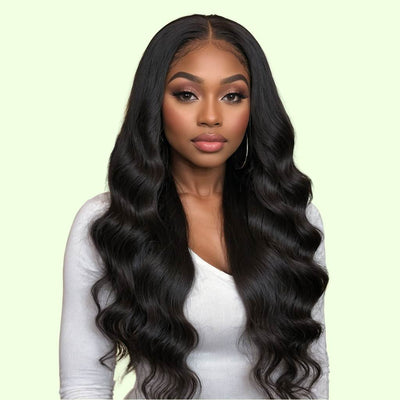




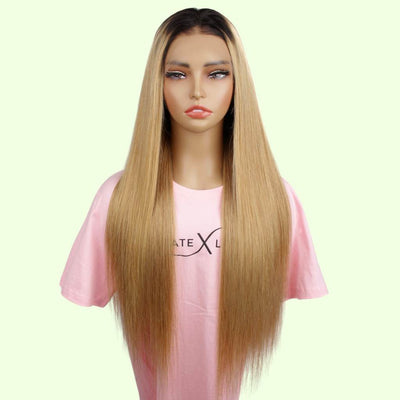




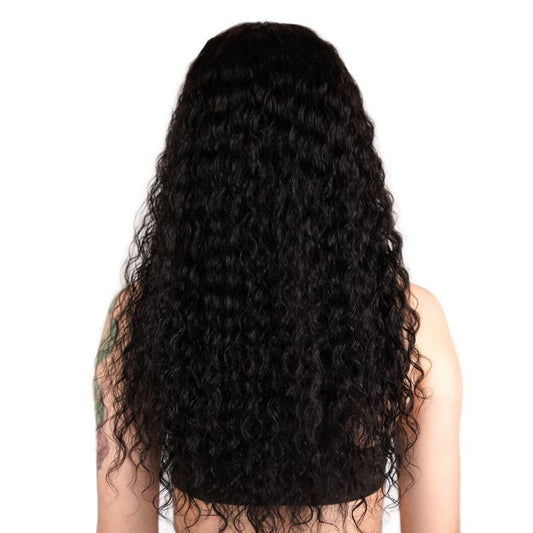







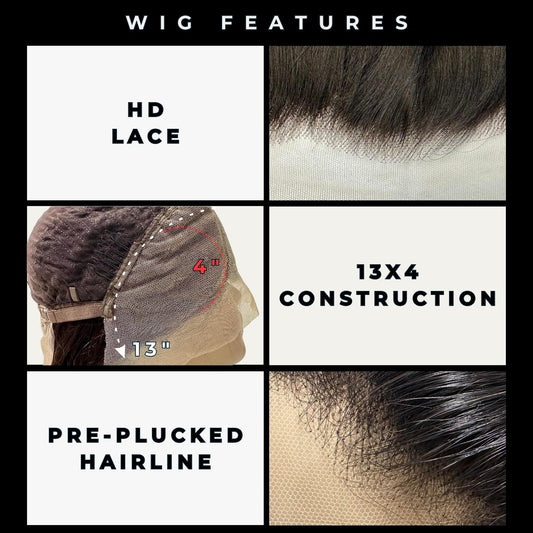
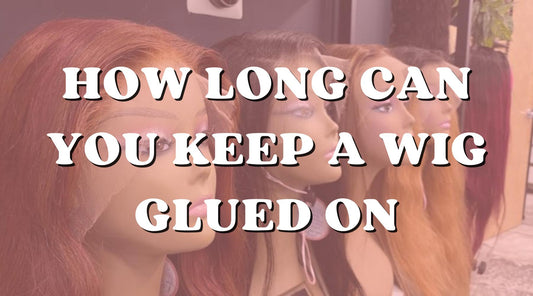



1 comment
Great breakdown! It’s helpful to understand the differences between glueless and traditional wigs before making a choice. Thanks for the info!